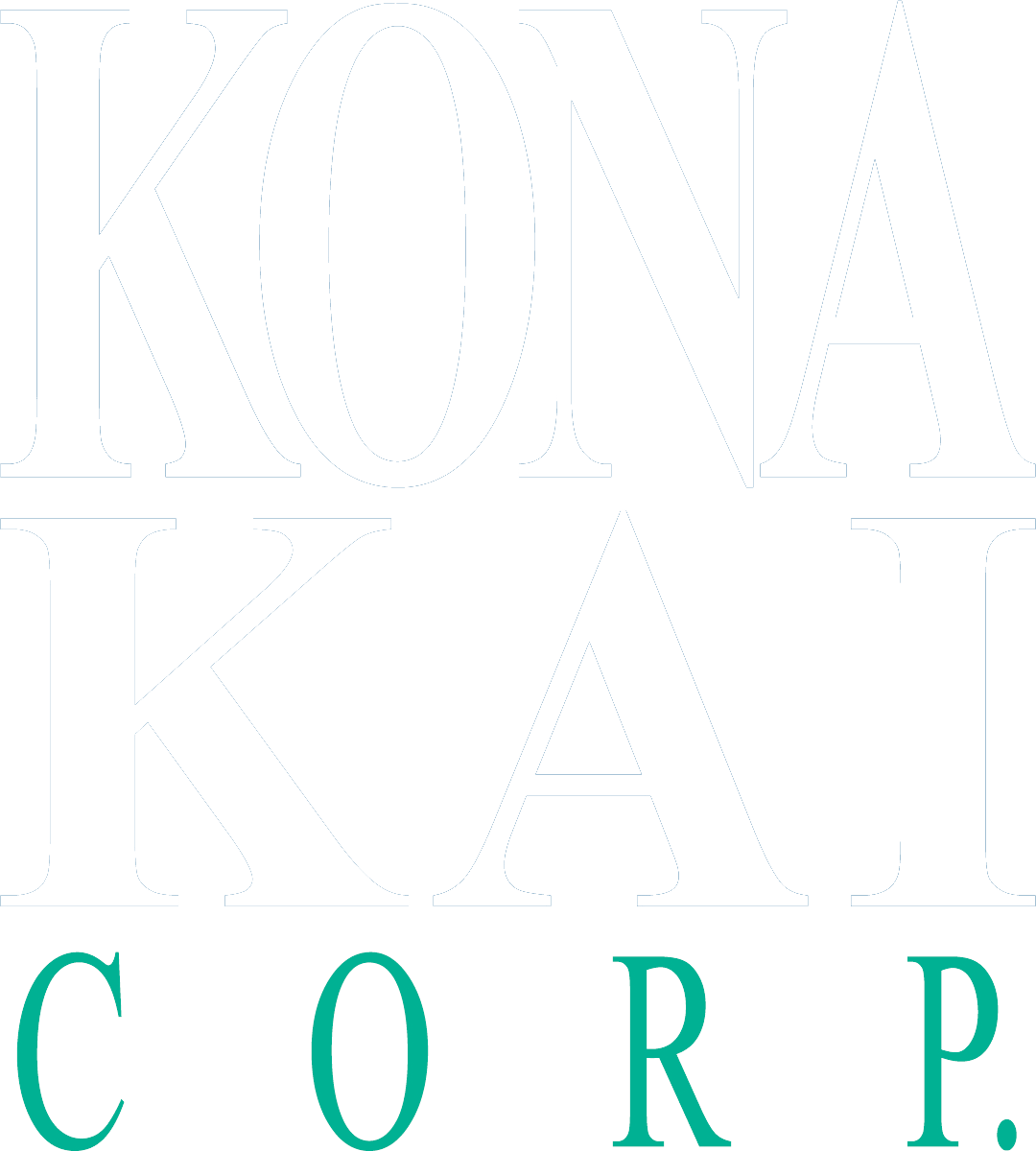It's Never Too Early to Start Planning: 2023 Budgeting
2023 is right around the corner.

As the dog days of summer begin to wind down, as we enjoy the sun, sand, family vacations, and kids going back to school, it is never too early to start your 2023 planning.
The 2020 pandemic caused many businesses to slow down, or halt operations. Some have had a reduction in their workforce, as such, companies are faced with doing the same projects with fewer resources. This has forced companies to take a look at their operational systems, ineffective, outdated processes and antiquated technology in order to find ways of process optimization and continuous improvement.
Budgets for next year need to be planned out and in place before the end of the year. Whatever your situation…
Here are some things to think about for your FY2023 Goals and Objectives:
- Process optimization projects
- Budget that forces you to do more with less.
- Interoperability and transformation
- New laws/regulations that could change your business
- Hardware and/or Software that is to be sunset
- Staff that will or will not be hired
- Market shifts requiring reaction and retooling
Do you have a situation and are unsure of where to begin? Let Kona Kai help! Sometimes making the investment in “business process improvements” or “where do I start” is an investment that saves you money and time down the road.
Whether you’re looking for help with a special project, specific department, or need a fresh strategy entirely, choosing the perfect consulting firm can feel like a guessing game. Uncertainty can drive businesses toward the familiar or expected choices, leading them to select a consulting service with tens of thousands of employees, multiple headquarters, and big-name recognition.
But as corporate clients who have worked with large and small consulting firms alike can all understand, bigger doesn’t always mean better.
Kona Kai Corporation is a boutique consulting firm that offers every bit of expertise you’ll find at the big-name firms, without any of the resource drain and costly overhead. We help clients transform digitally to improve human connections and optimize business performance.
Kona Kai has helped countless organizations in industries such as healthcare, insurance, distribution, telecom, and more, succeed in meeting challenges head-on. If your team could benefit from the assistance of a fresh set of eyes on your pain points, contact us to help assess your needs and offer a prudent approach to helping you resolve them. Kona Kai focuses on change management and adoption through delivery, ensuring you are set to own your new world when we are done. Now is the time to contact Kona Kai and get going in the right direction.
INSIGHTS












